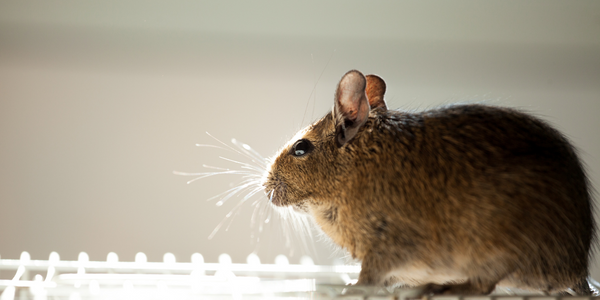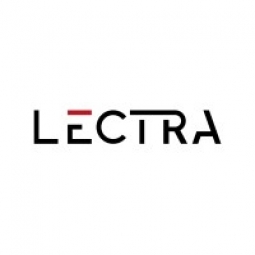下载PDF
Moroso lays the groundwork for market growth with Lectra
技术
- 功能应用 - 产品生命周期管理系统 (PLM)
- 自动化与控制 - 自动化与过程控制系统
- 功能应用 - 制造执行系统 (MES)
适用行业
- 消费品
适用功能
- 产品研发
用例
- 预测性维护
- 过程控制与优化
- 数字孪生
服务
- 系统集成
- 培训
挑战
Since 1952, Moroso has been creating sofas, armchairs and accessories whose vibrancy, eccentricity and sophistication are just as suitable to design museums as residential spaces. Moroso wanted to accelerate time to market, and optimize the cost evaluation and industrialization stages without sacrificing their unique design identity.
关于客户
Moroso has been working in close collaboration with some of the world’s most talented designers to produce luxury sofas and seating since 1952. Moroso offers customers its design and production expertise to create customized projects for the contract and luxury residential sectors. The company is known for its vibrant, eccentric, and sophisticated designs that are suitable for both design museums and residential spaces. Moroso aims to expand its reach into emerging markets and attract a new generation of consumers while maintaining its unique design identity.
解决方案
Lectra proposed DesignConcept, a virtual prototyping and costing solution, which allows Moroso to incorporate cost targets and evaluate design and production feasibility from the early stages of the product development process. To accelerate its production flow while maintaining quality, Moroso also invested in Lectra’s automated leather and fabric cutting solutions, Versalis® and Vector®. Lectra experts conducted product development training and consulting sessions incorporating both theoretical and hands-on work. Using either new models or models in development, the sessions focused on modeling, 3D pattern development, wood structure design, feasibility analysis, and how to put it all together for an optimized process. To streamline and accelerate the cutting room process flow, Moroso chose to invest in Versalis (Lectra’s automated leather cutting solution), Vector (the fabric cutting solution), and its associated spreader, Brio.
运营影响
数量效益
相关案例.
.png)
Case Study
Improving Vending Machine Profitability with the Internet of Things (IoT)
The vending industry is undergoing a sea change, taking advantage of new technologies to go beyond just delivering snacks to creating a new retail location. Intelligent vending machines can be found in many public locations as well as company facilities, selling different types of goods and services, including even computer accessories, gold bars, tickets, and office supplies. With increasing sophistication, they may also provide time- and location-based data pertaining to sales, inventory, and customer preferences. But at the end of the day, vending machine operators know greater profitability is driven by higher sales and lower operating costs.

Case Study
Series Production with Lot-size-1 Flexibility
Nobilia manufactures customized fitted kitchens with a lot size of 1. They require maximum transparency of tracking design data and individual processing steps so that they can locate a particular piece of kitchen furniture in the sequence of processes.

Case Study
American Eagle Achieves LEED with GE LED Lighting Fixtures
American Eagle Outfitters (AEO) was in the process of building a new distribution center. The AEO facility management team decided to look at alternate options for lighting layout that could provide energy and maintenance savings. AEO would need a full-time maintenance employee just to replace burned-out fluorescent tubes.

Case Study
Revolutionizing Rodent Control
From pet- and child-safe traps, to touch-free and live-catch rodent control solutions, Victor continues to stay committed to producing superior products that meet the varying needs of today’s pest control professionals. And, with a long standing history supporting customers in the food processing, service, and retail settings, Victor knew that strict regulations were costing organizations thousands of dollars in excess overhead trying to manage their rodent-control solutions. Trap inspections in these environments are often difficult and time consuming, requiring personnel to manually check a trap’s status multiple times per day, amounting to over six hours of manual labor. Victor is looking for an innovative way to increase operational efficiencies with the use of technology.







